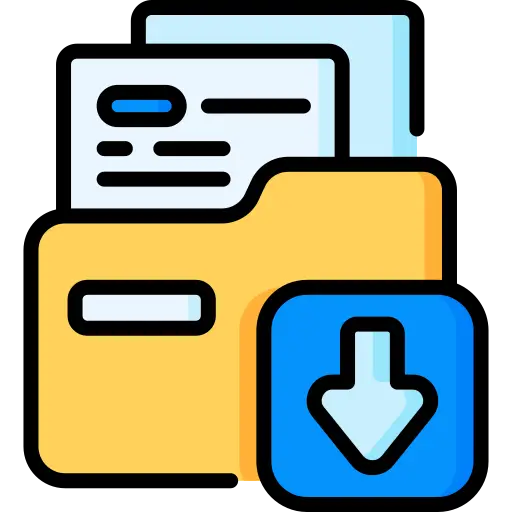
Instant Download

Get Reseller Access

After Sale Support

Limited Time Offer
550.00৳ Original price was: 550.00৳ .299.00৳ Current price is: 299.00৳ .
Complete Step-by-Step Guide to Opening Any US Bank Account Made Easy

Instant Download

Get Reseller Access

After Sale Support

Limited Time Offer
550.00৳ Original price was: 550.00৳ .299.00৳ Current price is: 299.00৳ .
Description
How to Apply for a U.S. Bank Account: A Complete Step-by-Step Guide
Opening a U.S. bank account has never been easier. Whether you are a U.S. citizen or a foreigner, this guide will walk you through the entire process of applying for a bank account in the United States. From required documents to step-by-step instructions, learn how to open your account smoothly and start enjoying secure savings and convenient online banking services.
Why Should You Open a U.S. Bank Account?
Having a U.S. bank account offers numerous benefits, especially if you frequently travel to or conduct business in the United States. It simplifies money transfers, offers competitive exchange rates, and helps build a strong financial history if you plan to stay or invest in the U.S.
Key Benefits Include:
Secure Transactions: Funds are protected by FDIC insurance along with advanced security measures.
Access to U.S. Credit System: Essential for residents wanting to build or improve their credit score.
Efficient International Payments: Faster and cheaper transfers for international customers.
Types of U.S. Bank Accounts
Checking Account: Perfect for daily transactions like receiving salary and making purchases. Includes debit card and check-writing facilities.
Savings Account: Earn interest on your deposits and save money long-term with limited monthly withdrawals.
Certificate of Deposit (CD): Higher interest rates in exchange for locking your funds for a fixed term.
Required Documents to Open a U.S. Bank Account
Documents differ for U.S. residents and non-residents:
For U.S. Residents:
Government-issued ID (Driver’s license or Passport)
Social Security Number (SSN)
Proof of Address (Utility bills, lease agreements)
For Non-Residents:
Valid Passport
U.S. Visa or Entry Documentation
ITIN (Individual Taxpayer Identification Number), if no SSN
Proof of Foreign Address (may be required)
Note: Not all U.S. banks accept non-resident applications. Verify individual bank policies beforehand.
Step-by-Step Process to Apply for a U.S. Bank Account
Research Banks: Compare banks based on residency eligibility, fees, and interest rates.
Gather Documents: Prepare your identification, proof of address, and tax ID number (SSN or ITIN).
Select Account Type: Decide whether a checking, savings, or other account suits your financial needs.
Apply Online or In-Person: Residents can often apply online; non-residents may need to visit a branch. Application verification may take 1-2 business days.
Make Initial Deposit: Most banks require a minimum deposit ($25 to $100). This can be done online or in-person.
Activate and Manage Account: Once approved, set up online banking to access statements and manage transactions conveniently.
Tips for Non-Residents Applying for a U.S. Bank Account
Many banks require non-residents to apply in person.
Obtain an ITIN if you don’t have an SSN.
Choose banks known for non-resident-friendly policies like Wells Fargo, Citibank, and HSBC.
Top U.S. Banks for Residents and Non-Residents
Chase Bank: Wide ATM network and robust mobile banking.
Bank of America: User-friendly with low minimum deposits.
Wells Fargo: Extensive branch network, international services.
HSBC: Specializes in international accounts for non-residents.
Citibank: Global presence making international finance easier.
Final Thoughts
Opening a U.S. bank account can greatly simplify your financial life, whether for everyday use or international business. By following this step-by-step guide and preparing your documents carefully, you can ensure a smooth application process and gain access to the many valuable services U.S. banks offer.





Reviews
There are no reviews yet